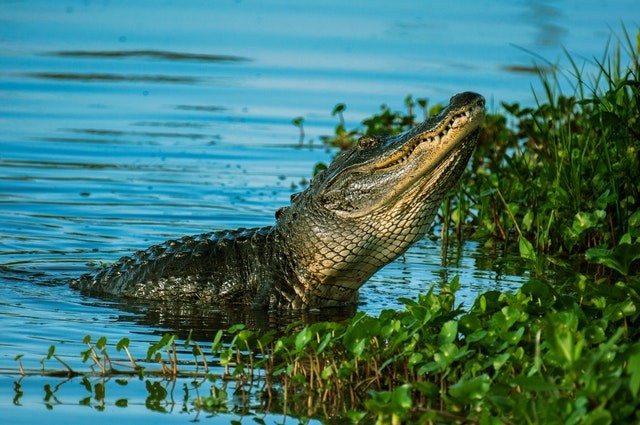Scientists discovered the effects of sea-level changes in genomes of Caribbean and Pacific crocodiles which are springy animals from a genealogy that has endured for over 200 million years. Crocodiles, skilled swimmers can travel long distances and sustain themselves in fresh and marine environments. But they cannot meander far on land.
According to a recent study from researchers at McGill University, the Crocodylus Acutus, which are American Crocodiles that can be found in the Caribbean and Pacific coasts of the Neotropics, landed in the Pacific before Panama came into existence.
The formation of land in Panama modified global ocean circulation, joined North and South America to establish the Caribbean sea. This led to widespread mixing of species on the planet and separation in seas. Mammals from North America living on lands such as mammoths, camels, and horses entered South America, and strange animals like sloths, opossums, and armadillos from South America entered North America.
The Great American Exchange
This event is popularly known as the Great American Exchange. The contrary happened in the sea, where new species of clams, fishes, and corals evolved in the separated Caribbean and Pacific waters.
A group of McGill and Panamanian researchers asked a question: How far are the Caribbean and Pacific populations from each other, and does it equate to the geological record? As suspected by the researchers, American crocodiles residing on the Pacific coast should have swerved genetically enough from Caribbean populations to become rare species.
José Avila-Cervantes, a new Ph.D. graduate of McGill University under the guardianship of Professor Hans Larson, said "We thought we would detect significant genetic differences between Pacific and Caribbean crocodile populations that were isolated for the past 3 million years."

ALSO READ: Stoned to Death: Visitors Kill Helpless Crocodile Inside Tunisia Zoo
Capturing and Taking Blood Samples Of Crocodiles
Avila-Cervantes captured and took blood samples of crocodiles from various population living on the Pacific and Caribbean coasts of Panama. He sequenced their genomes and used the genetic differences to estimate how much gene flow and evolutionary diversity existed between populations. With this knowledge, the team found out that crocodile populations living on both coasts have been separated for about 100,000 years.
Professor Larsson, Director of the Redpath Museum at McGill said, "This time of separation is a mismatch from the 3 million years we were expecting, but it matched the last interglacial period of the Ice Age."
Glacial and interglacial cycles in the Ice age spot periods of peak polar glaciations disbanded by relatively warm times which caused the sea level to rise over 100 meters globally compared to recent levels.

Coastal Movement
Avila-Cervantes reconstructed what Panama would have looked like during the warm periods of the Ice age and these peak colds.
"It amazed us to see that during the warm interglacial periods, most of Panama was underwater with the coasts detached by small rivers, brackish lagoons, and slim stretches of land.
These are the grounds that made people think crocodiles were able to pass from coast to coast freely and explain why their oldest genetic signature of separation corresponds with this time.
"This is one of the first studies to expose Ice Age glaciation-interglaciation cycles with the evolution of a tropical organism." Avila-Cervantes says.
RELATED ARTICLES : Crocodiles Are Recovering in the Everglades
For more news, update, about crocodiles and similar stories don't forget to follow Nature World News!
© 2026 NatureWorldNews.com All rights reserved. Do not reproduce without permission.





